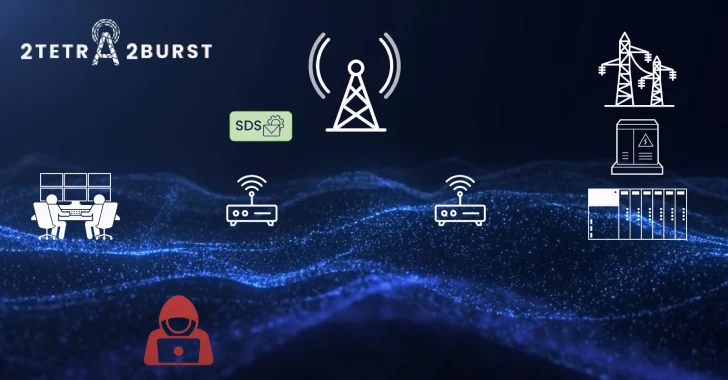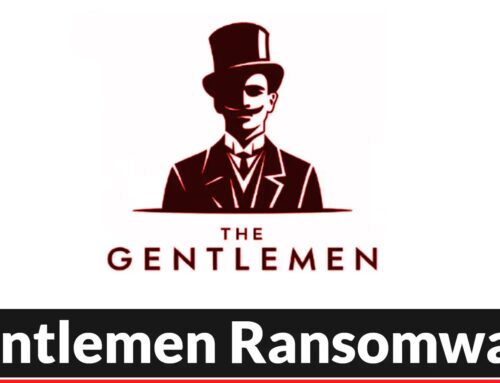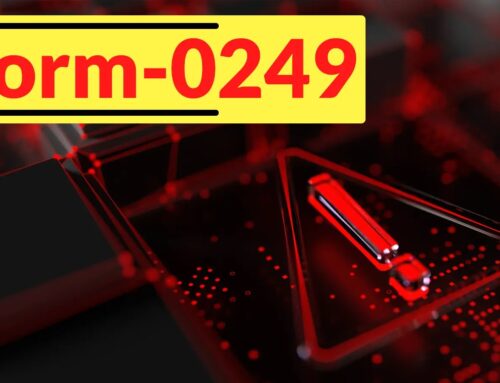
New TETRA Radio Encryption Flaws Expose Law Enforcement Communications
In a significant development for cybersecurity professionals and critical infrastructure operators, new and concerning vulnerabilities have been unearthed within the Terrestrial Trunked Radio (TETRA) communications protocol. These flaws, collectively dubbed 2TETRA:2BURST, strike at the heart of secure communications relied upon by law enforcement, emergency services, and military organizations globally. The discovery, presented at Black Hat USA, highlights critical weaknesses, including those in TETRA’s proprietary end-to-end encryption (E2EE) mechanism, exposing sensitive communications to sophisticated adversaries.
The TETRA Protocol: A Foundation Under Scrutiny
TETRA is a digital trunked radio standard specifically designed for professional mobile radio (PMR) users, offering secure, reliable, and high-capacity communication for mission-critical applications. Its wide adoption by public safety agencies, utility companies, and transportation networks underscores its importance. While TETRA has long been a benchmark for secure communication, the 2TETRA:2BURST findings challenge this perception, revealing fundamental design and implementation flaws that compromise its core security assurances.
Understanding the 2TETRA:2BURST Vulnerabilities
The newly identified vulnerabilities are diverse but coalesce around the exposure of encrypted traffic and the potential for unauthorized access and manipulation of communications. At the forefront is the compromise of TETRA’s proprietary E2EE, a mechanism intended to safeguard the confidentiality of conversations. Researchers found ways to bypass or exploit weaknesses in this encryption, leading to several critical attack vectors:
- Replay Attacks: Adversaries can capture and re-transmit legitimate communication packets, potentially disrupting operations or mimicking authorized users.
- Brute-Force Attacks: The E2EE implementation exhibits vulnerabilities that make it susceptible to brute-force attempts, allowing attackers to systematically guess or decrypt keys.
- Decryption of Encrypted Traffic: Crucially, the flaws enable the complete decryption of what was previously considered secure, end-to-end encrypted traffic. This means that sensitive law enforcement, emergency, and military communications could be intercepted and understood by malicious actors.
Further details regarding specific CVEs associated with these vulnerabilities are expected to emerge as the security community fully absorbs the implications of the 2TETRA:2BURST presentation. As of now, the primary concern revolves around the fundamental integrity of TETRA’s encryption, which underpins its security claims. We will update this section with specific CVE numbers and links to the official CVE database as they become publicly available.
Implications for Critical Communications
The exposure of TETRA’s encryption flaws carries profound implications for the sectors that rely on it:
- Law Enforcement and Military: Confidential operations, intelligence sharing, and tactical communications are directly at risk, potentially jeopardizing public safety and national security.
- Emergency Services: Paramedics, firefighters, and disaster response teams depend on TETRA for coordinated and secure communications. Compromise could hamper emergency responses and endanger lives.
- Critical Infrastructure: Utilities and transportation networks use TETRA for operational control. Vulnerabilities could lead to service disruptions or even physical damage.
The ability to decrypt traffic is particularly alarming, as it allows adversaries to gain real-time insight into ongoing operations, potentially predicting movements, strategies, and sensitive information.
Remediation Actions and Mitigations
Addressing the 2TETRA:2BURST vulnerabilities requires a multi-faceted approach, balancing immediate tactical mitigations with long-term strategic adjustments:
- Vendor Patches and Updates: Organizations must urgently apply any patches or firmware updates released by TETRA equipment manufacturers. Stay in constant communication with your vendors for advisories.
- Enhanced Monitoring: Implement advanced network monitoring solutions tailored to detect unusual traffic patterns or unauthorized access attempts on TETRA networks.
- Review and Update Security Policies: Reassess current security policies, focusing on access controls, key management, and incident response plans specific to TETRA.
- Consider Alternative Communication Channels: For highly sensitive communications, evaluate and implement alternative, demonstrably secure communication channels until a robust fix for TETRA’s encryption is widely deployed and verified.
- Threat Intelligence Sharing: Participate actively in threat intelligence sharing initiatives to stay informed about new attack vectors and mitigation strategies.
Tools for Detection and Mitigation
While specific tools for 2TETRA:2BURST detection are still evolving, general cybersecurity tools can aid in network hygiene and anomaly detection:
| Tool Name | Purpose | Link |
|---|---|---|
| Wireshark | Network protocol analyzer for traffic capture and analysis. | https://www.wireshark.org/ |
| Snort / Suricata | Intrusion Detection/Prevention Systems (IDS/IPS) for real-time traffic analysis and alert generation. | https://www.snort.org/ https://suricata-ids.org/ |
| OpenVAS/Greenbone Vulnerability Manager | Vulnerability scanning to identify other potential network weaknesses. | https://www.greenbone.net/ |
| Network Monitoring Solutions (e.g., Splunk, ELK Stack) | Centralized logging and analysis for detecting anomalous activity. | https://www.splunk.com/ https://www.elastic.co/elk-stack/ |
Looking Ahead: Securing Critical Communications
The 2TETRA:2BURST vulnerabilities underscore the persistent challenge of securing critical communication infrastructure. It serves as a stark reminder that even widely adopted and seemingly robust protocols are not immune to sophisticated attacks. The cybersecurity community, alongside manufacturers and operators, must collaborate to develop and implement strengthened security measures. For organizations relying on TETRA, immediate action is paramount to assess exposure, apply available mitigations, and plan for a more resilient future of secure, mission-critical communications.





